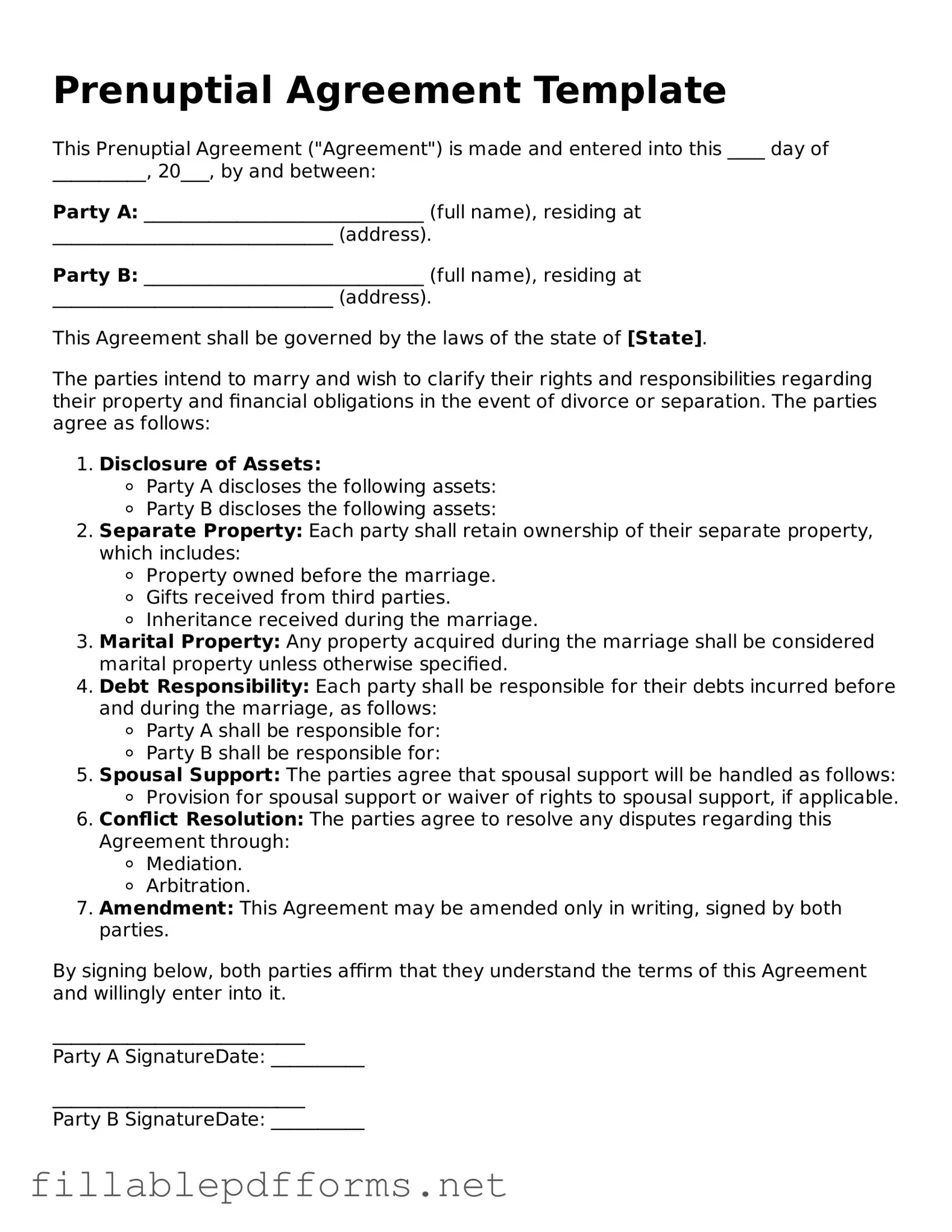Entering into a marriage is a significant milestone, often filled with joy and excitement. However, it also comes with important considerations that can shape the future of both partners. A prenuptial agreement, commonly referred to as a prenup, serves as a proactive measure to address these considerations. This legal document outlines how assets and debts will be managed during the marriage and what will happen in the event of a divorce or separation. Key aspects of a prenup include the identification of individual and joint property, provisions for spousal support, and the clarification of financial responsibilities. By discussing these topics before tying the knot, couples can foster open communication and reduce potential conflicts down the line. Moreover, a well-crafted prenuptial agreement can provide peace of mind, allowing partners to focus on building a life together rather than worrying about financial uncertainties. Understanding the essential components of a prenup is crucial for anyone considering this option, as it can play a vital role in safeguarding both partners' interests.
